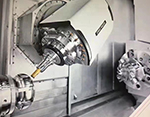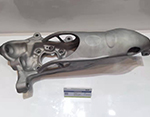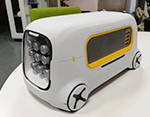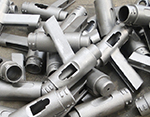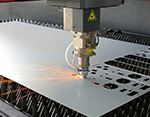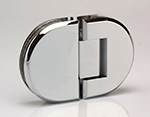-
Service
+
- CNC Precision Machining Service +
- Multi-Axis Simultaneous Machining Service +
- CNC Turning Service +
- Metal 3D Printing Service +
- Rapid Prototyping Service +
- Die Casting Service +
- Sheet Metal Fabrication Service +
-
Finish Serivces
+
- Polishing
- Grinding
- Brushed Finish
- Sand blasting
- Painting
- Powder Painting
- Anodizing
- Hard anodizing Service
- Passivation
- Zinc Plating
- Nickel Plating
- Chrome Plating
- Blackening
- Black Zinc Plating
- Teflon Coating
- Titanium Coating
- DLC Coating
- Laser Marking
- Silk Screen Printing
- Transfer Printing
- Micro Arc Oxidation
- Industries +
- About Us +
- Resource +
- Contact Us
- Quote

-
Service
-
>
-
>
-
>
-
>
-
>
-
>
-
>
-
>
-
- Industries
- About Us
- Resource
- Contact Us
Nickel-Based Superalloys Turbine Wheels
Nickel-based superalloy is the most used material in turbine engines because of its high strength and long fatigue life combined with good resistance to oxidation and corrosion at high temperature.The turbine blade coatings enable the turbine materials to withstand the very high combustion chamber exit temperatures. For instance, the turbine blades present in the Trent Engine produced by Rolls-Royce are made of a single crystal of nickel super alloy which has a melting point of 1350 ∘ C .
Nickel-Based superalloys are an unusual class of metallic materials with an exceptional combination of high temperature strength, toughness, and resistance to degradation in corrosive or oxidizing environments.
The operating temperatures for the rim sections (near the gas flow path) of high-pressure turbine discs have continued to challenge materials and design engineers as temperatures now approach 760°C and even as high as 815°C for some specialized military applications.
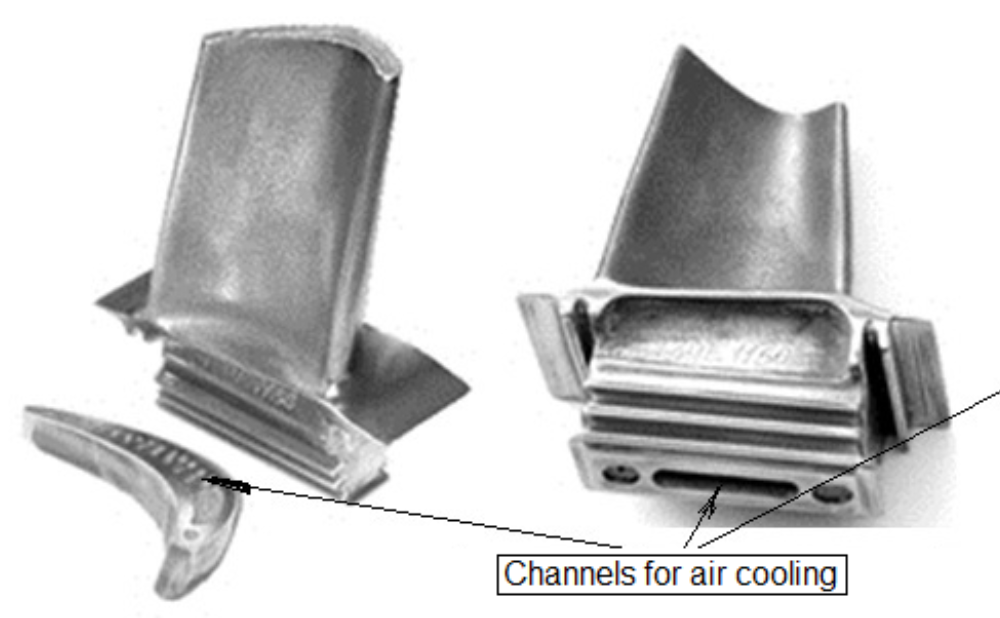
Nickel-Based superalloys are an unusual class of metallic materials with an exceptional combination of high temperature strength, toughness, and resistance to degradation in corrosive or oxidizing environments. These materials are widely used in aircraft and power-generation turbines, rocket engines, and other challenging environments, including nuclear power and chemical processing plants.
Intensive alloy and process development activities during the past few decades have resulted in alloys that can tolerate average temperatures of 1050°C with occasional excursions (or local hot spots near airfoil tips) to temperatures as high as 1200°C, which is approximately 90% of the melting point of the material. The underlying aspects of microstructure and composition that result in these exceptional properties are briefly reviewed here. Major classes of superalloys that are utilized in gas-turbine engines and the corresponding processes for their production are outlined along with their characteristic mechanical and physical properties.
As mentioned above, one of the main applications for nickel-based superalloys is gas-turbine-engine disc components for land-based power generation and aircraft propulsion. Turbine engines create harsh environments for materials due to the high operating temperatures and stress levels. Hence, as described in this article, many alloys used in the high-temperature turbine sections of these engines are very complex and highly optimized.
Gas turbines are complex machines, being employed in both aircraft engines or land-based power-generation applications. Small, intermediate, and large gas turbines are being developed rapidly for mobile land-based power units and large commercial aircraft applications.
The various parts within this type of power-generation system have specific and unique requirements. For example, the material used for the high-pressure turbine area of an engine reach the highest temperatures and is therefore one of the highest stressed parts of the engine, requiring very specialized nickel-based superalloy materials. The operating temperatures for the rim sections (near the gas flow path) of high-pressure turbine discs have continued to challenge materials and design engineers as temperatures now approach 760°C and even as high as 815°C for some specialized military applications. Turbine blades are attached to a disc which in turn is connected to the turbine shaft. The properties required for an aeroengine disc (Figure1) are different from that of a turbine, because the metal is subjected to a lower temperature. The discs must resist fracture by fatigue. Discs are usually cast and then forged into shapeand are typically polycrystalline.
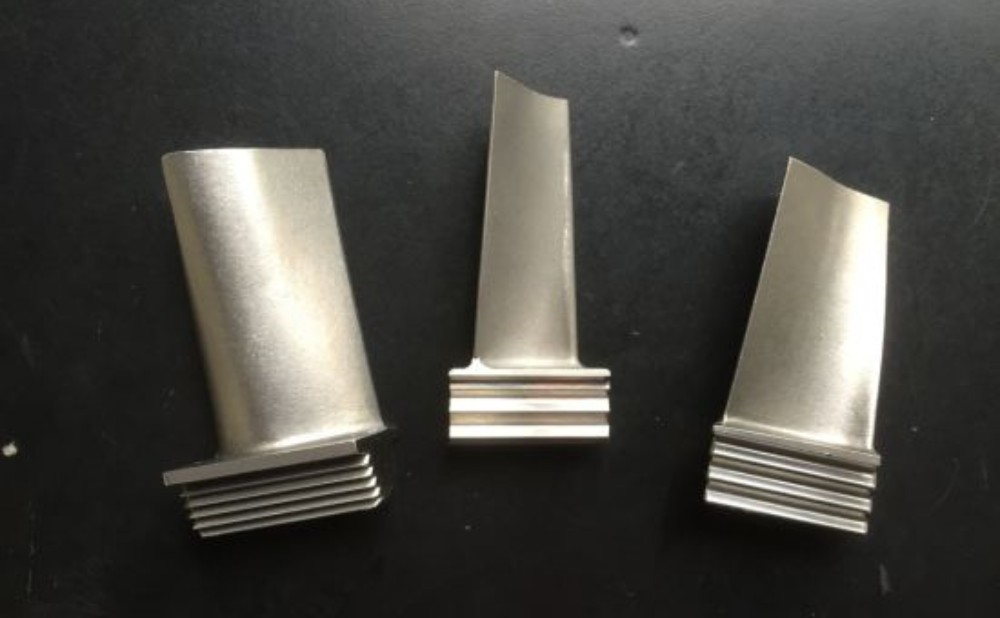
One difficulty is that cast alloys have a large columnar grain structure and contain significant chemical segregation; the latter is not completely eliminated in the final product. This can lead to scatter in mechanical properties. One way to overcome this is to begin with fine, clean powder which is then consolidated.
The powder is made by atomisation in an inert gas; the extent of chemical segregation cannot exceed the size of the powder. After atomisation, Some discs are made from powder which is hot-isostatically pressed, extruded and then forged into the required shape.
The process is difficult because of the need to avoid undesired particles being introduced, for example, from the refractories used in the atomisation process, or impurities picked up during solidification. Such particles initiate fatigue and of courser, the failure of an aeroengine turbine disc can be catastrophic.
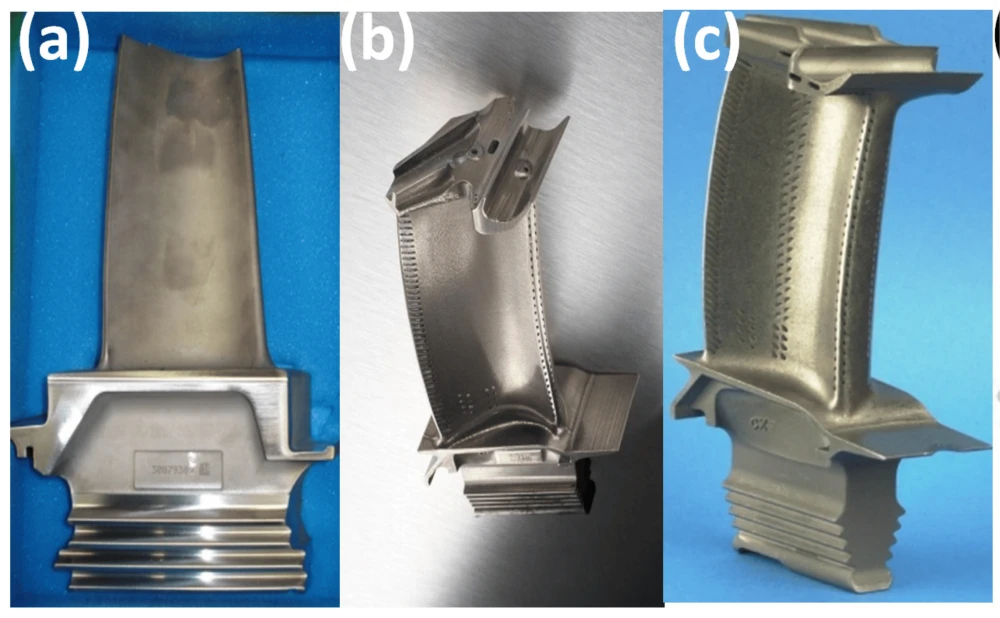
In addition to the high temperature concerns, materials for modern turbine applications are driven by ever-growing commercial pressures. These pressures can be seen as demands rise for lower component costs, life-cycle costs, and maintenance costs. For lower acquisition costs, avenues such as alloys with reduced cobalt and alloys that result in higher processing yields are being pursued.
For lower life-cycle costs, alloys are being designed with longer service lives. Alloys with good stability and very low crack-growth rates that are easily inspected and monitored by nondestructive means are desired. Fuel efficiency and emissions are also key commercial and environmental drivers impacting turbine-engine materials. To meet these demands, modern nickel-based alloys offer an efficient compromise between performance and economics. The chemistries of several common and advanced nickel-based superalloys are listed in Table 1.

